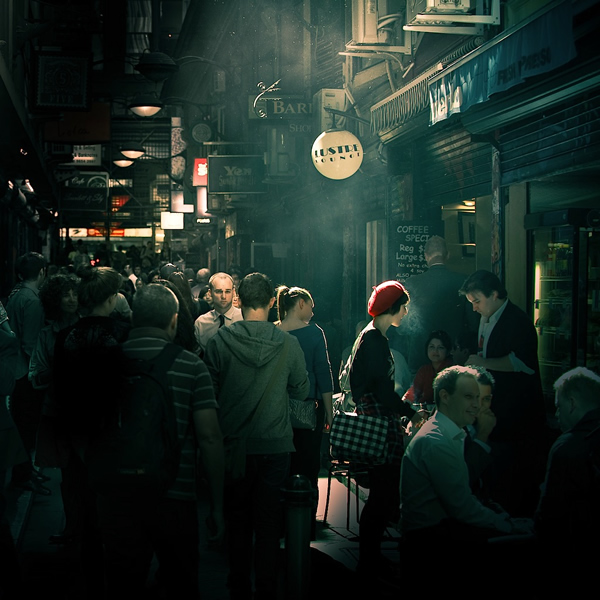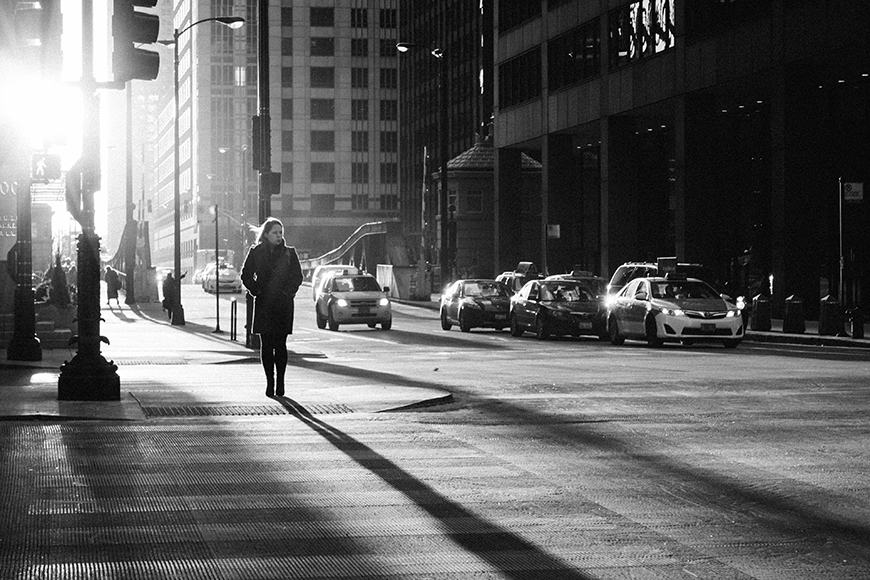Street Photographers - The Facts
Street Photographers - The Facts
Blog Article
Some Ideas on Street Photographers You Should Know
Table of ContentsThe smart Trick of Street Photographers That Nobody is Talking AboutSome Ideas on Street Photographers You Should KnowRumored Buzz on Street PhotographersThe Greatest Guide To Street PhotographersStreet Photographers Can Be Fun For Anyone
Road photographers do not necessarily have a social function in mind, yet they favor to separate and record moments which might otherwise go unnoticed.He was affected by several of those that influenced the street photographers of the 1950s and '60s, he was not mainly interested in recording the spirit of the road. The impulse to visually record people in public started with 19th-century painters such as Edgar Degas, douard Manet, and Henri de Toulouse-Lautrec, that worked side by side with photographers trying to record the significance of city life.
Due to the fairly primitive innovation available to him and the lengthy direct exposure time needed, he had a hard time to catch the hustle and bustle of the Paris roads. He tried out with a series of photographic methods, trying to find one that would enable him to catch movement without a blur, and he located some success with the calotype, patented in 1841 by William Henry Fox Talbot. While the digital photographers' topic was basically the exact same, the results were noticeably different, demonstrating the effect of the photographer's intent on the personality of the pictures he generated.
Offered the fine high quality of his photographs and the breadth of product, designers and musicians frequently got Atget's prints to utilize as recommendation for their own job, though business passions were rarely his major inspiration. Rather, he was driven to photo every last residue of the Paris he enjoyed. The mingled interest and seriousness of his objective sparkle through, causing photos that narrate his very own experience of the city, qualities that prepared for road photography of the 20th century.
The 7-Minute Rule for Street Photographers
They reveal the city through his eyes. His job and essential understanding of digital photography as an art kind worked as motivation to generations of digital photographers that followed. The following generation of street professional photographers, though they likely did not refer to themselves thus, was ushered in by the photojournalism of Hungarian-born digital photographer Andr Kertsz.
Unlike his peers, Brassa utilized a larger-format Voigtlnder electronic camera with a longer direct exposure time, requiring him to be a lot more calculated and thoughtful in his practice than he may have been if using a Leica.
Cartier-Bresson was a champion go to this site of the Leica camera and one of the first photographers to optimize its capabilities. The Leica allowed the professional photographer to connect with the environments and to capture minutes as they occurred. Its fairly little size also helped the professional photographer discolor right into the history, which was Cartier-Bresson's click here for more info preferred approach.
More About Street Photographers
It is due to this basic understanding of the art of image taking that he is typically credited with uncovering the medium throughout again roughly a century considering that its development. He took photos for more than a half century and affected generations of photographers to trust their eye and instinct in the moment.
These are the questions I will try to respond to: And afterwards I'll leave you with my own definition of street photography. Yes, we do. Allow's begin with specifying what a definition is: According to (Street Photographers) it is: "The act of specifying, or of making something certain, unique, or clear"
No, most definitely not. The term is both limiting and misleading. Appears like a street digital photography should be images of a roads right?! And all road photographers, besides a handful of absolute novices, will totally appreciate that a street is not the key part to road digital photography, and in fact if it's a photo of a road with possibly a few dull individuals not doing anything of rate of interest, that's not road digital photography that's a picture of a road.
More About Street Photographers
He makes a legitimate factor do not you assume? Nevertheless, while I agree with him I'm not exactly sure "honest public digital photography" will certainly capture on (although I do kind of like the term "candid photography") since "street photography" has been around for a long time, with web several masters' names affixed to it, so I think the term is below to remain.
Inside?! I hear you shout as you tremble your hand to the skies. Why not? You can contend the beach, at a festival, in a street, in a park, in a piazza, in a cafe, at a gallery or art gallery, in a metro station, at an occasion, on a bridge, under a bridge ...

The 10-Minute Rule for Street Photographers

Report this page